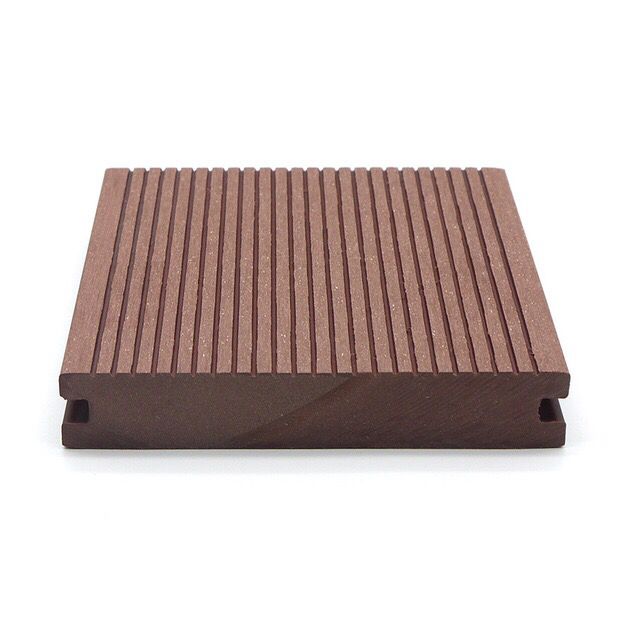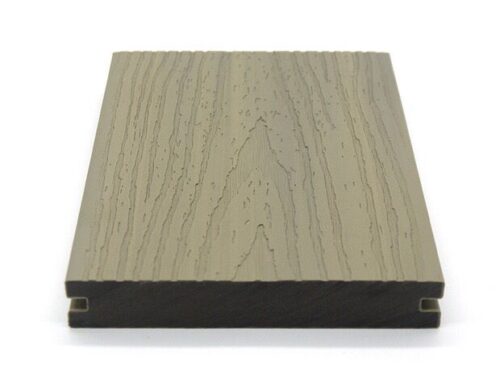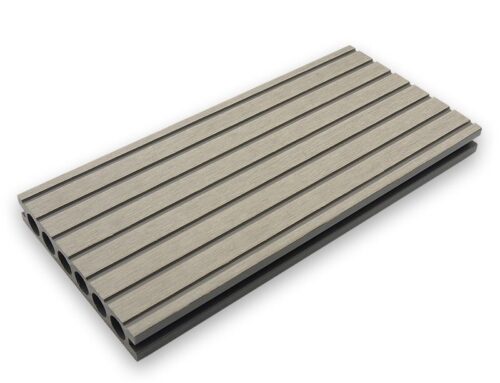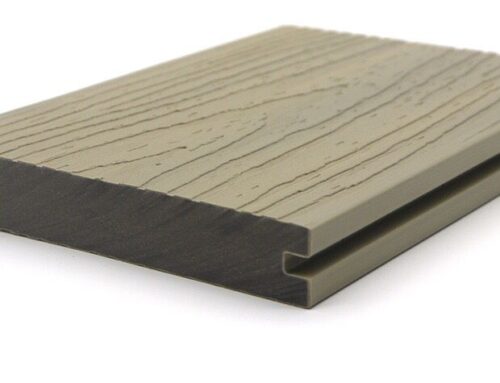### Cost Comparison: WPC vs. Traditional Wood
1. **Initial Cost**:
– **WPC**: Typically higher upfront cost (about 20-50% more than traditional wood), but varies by brand and quality.
– **Traditional Wood**: Generally lower initial cost, but this can depend on the type of wood (e.g., pressure-treated lumber vs. premium hardwood).
2. **Long-Term Cost**:
– **WPC**: Lower long-term maintenance costs since it doesn’t require regular sealing or staining. WPC is also more resistant to pests and decay.
– **Traditional Wood**: Requires regular maintenance (staining, sealing, and repairs) to prevent damage from moisture, pests, and UV exposure, which can add to long-term costs.
3. **Lifespan**:
– **WPC**: Often has a longer lifespan (15-25 years) with proper care.
– **Traditional Wood**: Lifespan varies (typically 10-30 years) depending on the wood type and maintenance.
### Health Concerns Associated with WPC Products
1. **Chemical Additives**: Some WPC products may contain additives, such as colorants, UV stabilizers, or fire retardants, which can raise health concerns. It’s important to choose products that comply with safety standards and regulations.
2. **Formaldehyde Emissions**: If WPC contains wood flour or other composite materials, there may be concerns about formaldehyde emissions, especially in poorly ventilated areas. Many manufacturers now offer formaldehyde-free options.
3. **Recycling and Disposal**: WPC products can be challenging to recycle, and improper disposal can lead to environmental concerns. It’s essential to check local recycling options for WPC materials.
4. **Indoor Air Quality**: If WPC is used indoors (e.g., flooring), ensure that it’s designed for indoor use and meets emission standards to minimize indoor air quality issues.
Choosing high-quality, certified WPC products can mitigate many of these concerns, so it’s a good idea to research manufacturers and their product specifications.






Leave A Comment